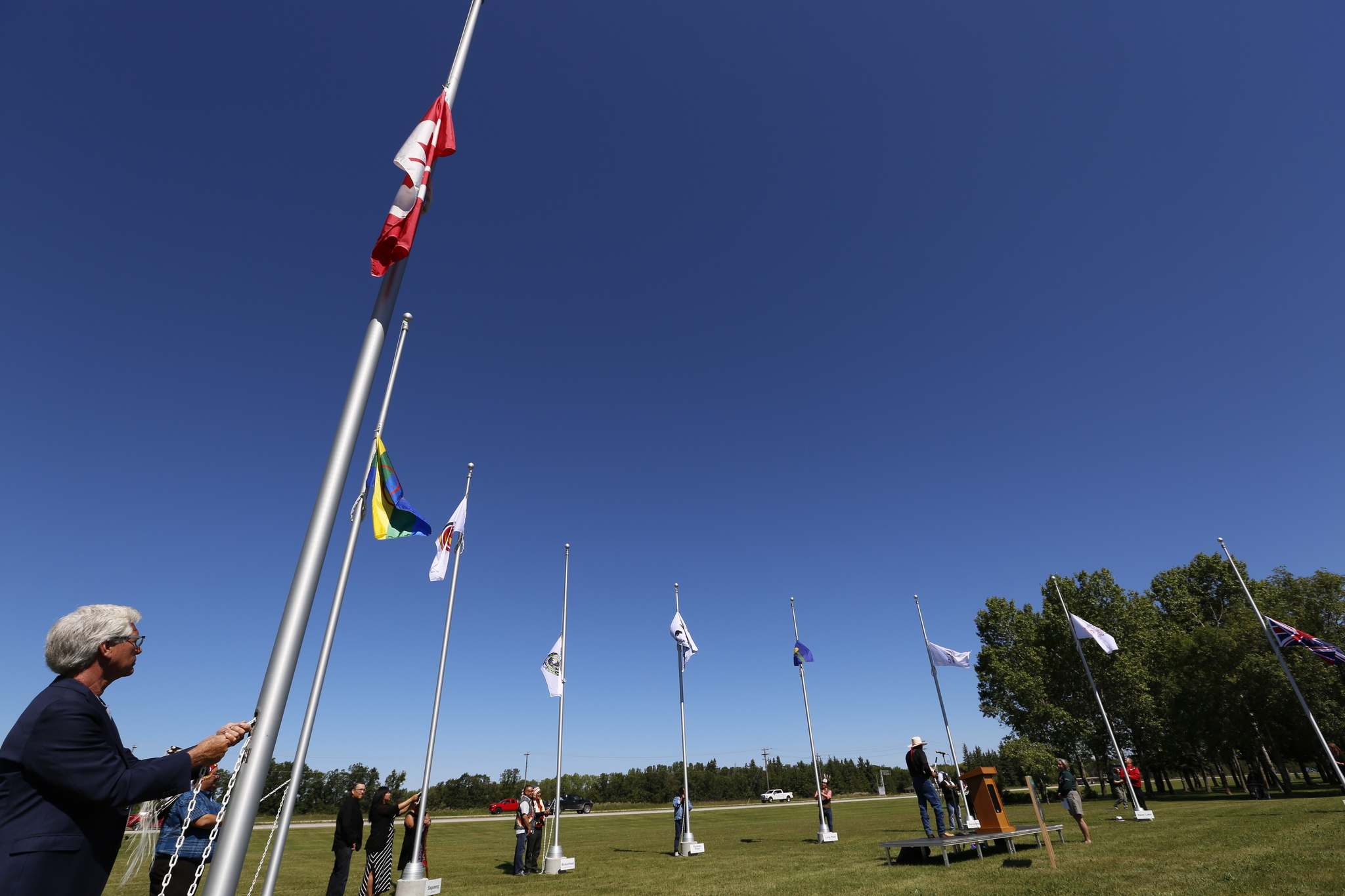No products in the cart.

Visionary Treaty 1 chiefs experienced strategists
There were some big names who gathered at Lower Fort Garry to negotiate Treaty 1 — chiefs Yellow Quill and Henry Prince, among other leaders and visionaries — whose goal was to use their experience and negotiating savvy to create an agreement that would foster an enduring relationship of mutual obligation between First Nations and the new colonial government.
This foundational agreement, made after much cultural conflict and linguistic confusion, quickly turned into a trail of broken promises and a long-standing dispute that continues to this day.
Those who put pen to paper on Aug. 3, 1871, for the Anishinaabe and Muskegon (Swampy Cree) represented the original five First Nations of Treaty 1 (which became seven, but that’s another story).
Together, they governed territory that included a vast swath of what is now southern Manitoba — stretching to Steinbach and east to the Ontario border; to Gimli in the north; to near Brandon in the west; south to the U.S. border, including the important trade and travel routes of Winnipeg and Portage la Prairie.
Oozawekwun (Yellow Quill) was an experienced and savvy negotiator who led the Portage Nation (now Long Plain, Sandy Bay and Swan Lake), while Miskookenew (Prince) from St. Peter’s (Peguis) was a hereditary chief representing one the most powerful First Nations in the territory then and now.
Other First Nations leadership included Kakekapenais (William Pennyfather) from Fort Alexander (Sagkeeng); Nashakepenais from Fort Garry (Brokenhead); Nanawananaw, Kewaytayash, and Wakowush from the three communities of Pembina (Roseau River). Each First Nation’s representatives were carefully chosen by their respective communities to represent their long-term interests.
Meantime, inside the walls of Lower Fort Garry, the British Crown awaited to fulfil the demands and desired land grab of colonial Canada’s new prime minister, John A. Macdonald. Lt.-Gov. Adams G. Archibald, Indian commissioner Wemyss Simpson, Maj. A.G. Irvine, and eight witnesses were sent to get the job done.
First Nations representatives came to the negotiations following the traditional and customary concept of “seven generations” — what we do today affects seven generations forward and seven generations back — ensuring they were mindful of securing benefits for many years to come.
It was this long-term view that drove the Treaty 1 chiefs to insist on long-term recognition of their right-to-livelihood, self-government, and title to their land. By contrast, colonial leaders were pursuing a short-term agenda intended to deliver quick political and economic gains back to Ottawa.
As colonial representatives soon learned, First Nations came to the table with a long history of negotiating tactics and strategy. If they thought the First Nations leaders across from them could be easily influenced into an agreement favourable to the Crown, they quickly learned otherwise.
Prince was a son of Chief Peguis. He watched and learned from his father, who was known as the saviour of Lord Selkirk and the Scots, displaced due to the Highland Clearances in Scotland. Simply put, the Selkirk settlers would not have survived without Peguis’s assistance, especially as he further led negotiations of the Selkirk Treaty of 1817.
Following in the footsteps of his father, Prince, a skilled and intuitive leader, advocated first for the Treaty 1 negotiations, then for the implementation of treaties with the Crown. How right he was, for soon after the signing, there were issues with interpretation and implementation. The Crown offered much, but follow-through was lacking.
It should be no surprise then Sgt. Tommy Prince, Canada’s most decorated war veteran, was a great-great-grandson of Peguis and part of a family instrumental in creating colonial Canada.
As we continue to share the stories that led to the making of Treaty 1 on Aug. 3, 1871, we will next focus on how these chiefs altered the course of Canada’s plan to “unite the country coast-to-coast with minimal negotiations.”
Case in point: we are still at the negotiating table today.
Chief Glenn Hudson of Peguis First Nation is a member of the Treaty 1 governing council, composed of Brokenhead Ojibway Nation, Long Plain First Nation, Peguis First Nation, Roseau River Anishinabe Nation, Sagkeeng Anicinabe Nation, Sandy Bay Ojibwe First Nation, and Swan Lake First Nation.
Article courtesy of the Winnipeg Free Press



